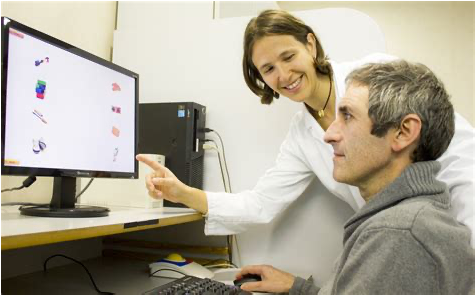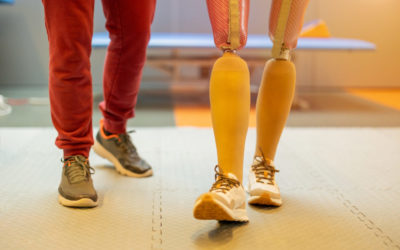Quick Hits
Daily brief research updates from the cognitive sciences

Cognitive games have been around for many years now – the first wave of popularity came with Nintendo’s “brain jogging” almost two decades ago now.
These games have claimed that they improve brain function and indeed there has been some solid research to show this does happen. But when digging into the research an inconsistent picture emerges.
The sticking point is what we call near and far transfer. If you train anything you will get better at it – that is no surprise, but the question is how far can this transfer to real life? So, if you are playing any form of cognitive game such as a short-term memory game, the really important question is how much does this transfer to everyday life, i.e. will my memory be improved when meeting people or going shopping?
It is precisely this that has shown inconsistent results. And it is precisely this that a group of researchers at the University of California wanted to get a better grip on.
What did they find?
They conducted a series of experiments with 500 individuals and found consistent results. They found that the degree of near transfer predicated far transfer.
Near transfer is doing similar but different tasks whereas far transfer transfers to less related tasks. For example, if I were training running on a treadmill, near transfer would be improving my road running performance (similar but not exactly the same), and far transfer would be improving my tennis or cycling ability (related but very different).
So, it appears that once transfer happens, it can happen also to more unrelated tasks. The question they would now like to answer is why? One reason is that people may by applying different skills to complete the task which don’t transfer or are unable to generalise the skills, or another factor may be that there is another bottleneck. In the above treadmill running eample, improved cardiovascular fitness may improve most sports, but in tennis coordination may be the bottleneck that impedes my improvement, and this is not trained on the treadmill.
I found this particularly interesting because I have followed the research over the years but also because one skill, I have found to be useful and different between individuals, in training and coaching executives, is that some of these senior leaders seem very good at generalising and applying various principles to different scenarios and others can’t seem ot do so. Maybe it is the difference between a generalised brain and a specialised brain?
The researchers are looking for participants, by the way, to do a large-scale citizen study with up to 30’000 participants to give us some robust answers to the mechanism of near and far transfer.
I look forward to seeing the results!

Andy Habermacher
Andy is author of leading brains Review, Neuroleadership, and multiple other books. He has been intensively involved in writing and research into neuroleadership and is considered one of Europe’s leading experts. He is also a well-known public speaker speaking on the brain and human behaviour.
Andy is also a masters athlete (middle distance running) and competes regularly at international competitions (and holds a few national records in his age category).
Reference
Anja Pahor, Aaron R. Seitz, Susanne M. Jaeggi.
Near transfer to an unrelated N-back task mediates the effect of N-back working memory training on matrix reasoning.
Nature Human Behaviour, 2022
DOI: 10.1038/s41562-022-01384-w
More Quick Hits
The Seven Habits to Reduce Dementia
We would all like to age well remaining cognitively active into older and old age. I have reported multiple times…
Mind Over Matter – Regaining Movement
This is the type of study and insight I like. Kind of amazingly simple but effective
Do We Lose Brain or Muscles First?
As we age things start to decline, we all know that – happens to the best of us…
Cravings for Fatty Food and the Gut-Brain Connection
Research hot off the presses is showing something interesting happening with our desire for fatty food….
How to Form Optimal Groups for Learning
There has been a long-standing debate and discussion in learning contexts for what is the best way to form groups for optimal learning when there are different abilities in those groups…
Extreme Temperatures Increase Hate Speech Online
I am sure we all know that feeling of getting more irritable when temperatures rise – well we now have evidence that…






